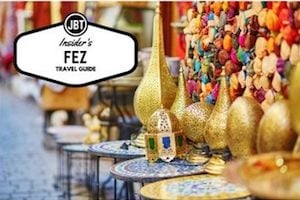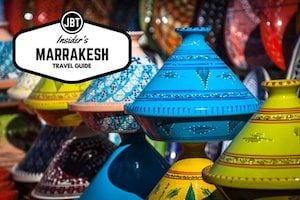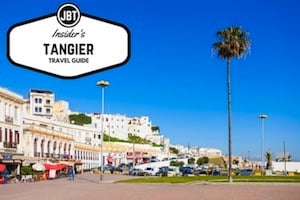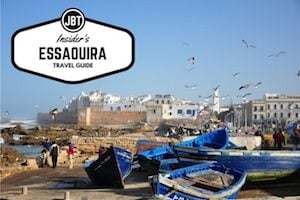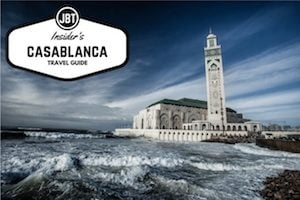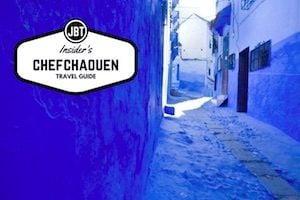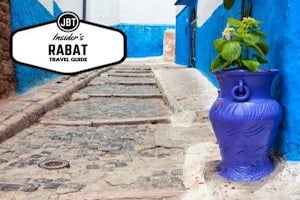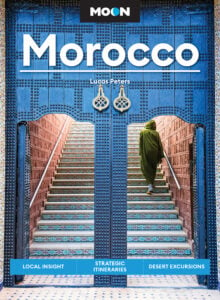
Located on the North Atlantic coast, Morocco’s capital of Rabat has a more unhurried and laid-back feel to it than Casablanca, the country’s cosmopolitan business hub or the frenetic bustle of Fez’s walled city. Plagued by pirate attacks through much of its history, Rabat was often overshadowed by Morocco’s other imperial cities of Fez, Meknes and Marrakesh, but it has served as the country’s capital continually since 1912.
Le Tour Hassan & Mausoleum of Mohammed V
Rabat’s most famous landmark is Le Tour Hassan (or Hassan Towers) a 44 m (144 foot) tower built during the reign of Almohad ruler Yacoub el Mansour in the late 12th century. The tower was meant to be built even higher, but construction on it was stopped at el Mansour’s death in 1199. Surrounded by greenery and tiled fountains, Le Tour Hassan and the adjacent mausoleum grounds make a nice place for photo opportunities and afternoon walks. Resembling a small palace, the mausoleum houses the remains of Moroccan kings Mohammed V and Hassan II.
Kasbah des Oudaias
Rabat’s kasbah, or fortified city wall known as the Kasbah Des Oudayas, offers a picturesque view of the North Atlantic coast. Located on the edge of the old city, from here you can take a path from the walls down to the beach, ramble through 17th Andalusian gardens or marvel at Bab Oudaia, the kasbah’s elaborate 12th-century door. A few ‘guides’ may ask if you want a tour of the area, but the kasbah is quite easy to navigate on your own unlike the labyrinth streets of walled Fez.
Medina
Within the old city you can shop without the hassle of busier markets. Stores, cafes and craftsmen’s workshops line the streets; one particularly colorful area to explore is the spice market on Rue Souika. For an upscale dining experience in a traditional Moroccan house, reserve a table at Restaurant Le Ziryab, and if you’re looking for cheaper eats during your stroll through the medina, try Comedie Cafe patisserie.
Chellah
Just south of the city is Chellah, site of the ancient Roman settlement known as Chellah Gardes – Sala Colonia. The remains you’ll find here date not back to Roman times, but to the Merenid settlement that flourished in the area during the 13th century. While nowhere near as large or impressive as the Roman ruins at Volubillis, Chellah is an intriguing archaeological attraction.
You won’t find touts or tour guides at the unkempt grounds, but you will find a variety of fig, orange and banana trees growing among the ruins and giant stork nests atop Chellah’s crumbling pillars. Take a petite taxi to get to Chellah, and either ask the driver to wait or arrange for him to return at a set time.
Written by Heather Carreiro.
Photo by Alexbip.

